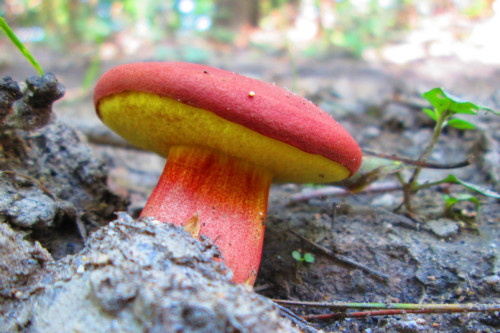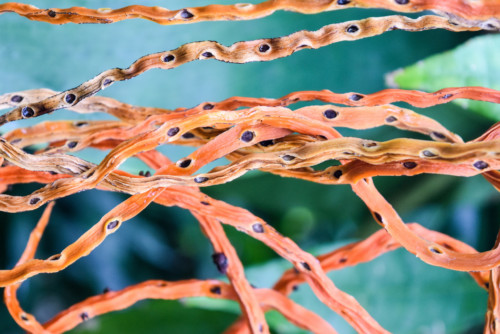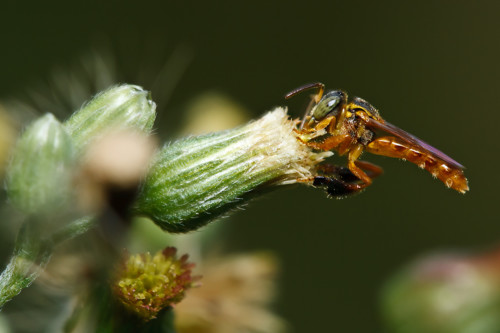5 Cool Plants From “The Ark of Taste”
Like the doomsday-esque seed bank vault on a remote, frozen island in Norway, the Ark of Taste is an “end of world” project, one that attempts to preserve the legacies and culinary intricacies being lost to Climate Change.
A project developed by Slow Food Foundation for Biodiversity, the Ark of Taste “travels the world collecting small-scale quality productions that belong to the cultures, history, and traditions of the entire planet.” In addition to preservation, the undertaking functions as an act of advocacy as well, drawing attention to the precarious position of these species and practices. Visitors to the site can search by country or type of food (mushroom, vegetable, wine, etc), as well as nominate something from their own corner of the world. Currently, the Ark of Taste contains 4,353 specimens; we dove in to find five of the coolest plants from around the world.
Loyo
With its squat yellow base and fat pink top, the loyo mushroom looks like it belongs in forgotten edition of a Super Mario game. Native to the Chilean coast, the loyo mushroom has historically been consumed by the Mapuche people and is now popular among chefs. Typically it is cooked on coals, but is also frequently added to stews, fried, or added to fruity sauces. Unlike other mushrooms, it has a sweet taste– meaning it often makes its way into cakes.
Pepper Dulse
Seaweed is an essential part of the Scottish diet, though this is not often something the rest of the world thinks of. (Haggis, anyone?) Pepper dulse is a red seaweed that has a garlic-like flavor when eaten fresh, and an umami flavor when dried. Among the culinary elites, it is thought of us “the truffle of the sea”– and is priced accordingly.
Tepejilote Palm
When it comes to edibility and palm trees, the most frequent intersection is dates. However the Tepejilote palm from Mexico is prized for its yellow, edible flowers. The consumption of blooms predates the colonization of the Spanish, and in the diet of indigenous groups, represented a rich source of iron and protein. Still eaten today, the palm is typically cooked into celebratory dishes, but is also sometimes scrambled into eggs. Medicinally, the palm is treasured for its purported relief of coughs and backaches.
Blonde Peas
Native to southern France, blonde peas have a sweet flavor more similar to hazelnuts than to the rest of the pea family. They are smaller, with a lower rough cellulose content (making up the carbohydrates), and sweeter. Their quality, however, is largely dependent on environmental factors and the skill of the gardeners tending to them; for this reason, they are only used in very artisanal dishes.
Jatai Bee Honey
Technically this isn’t a plant– but is too cool to not include. Jatai bees are famously known as a stingless bees (they are the only kind of bee to have a “solider caste“) and their honey is likewise apart from typically fare. Native to Brazil, Jatai bees produce a less viscous variety of honey, slower to form crystals and more acidic. Beyond its flavor, the honey is mostly prized for its medicinal properties; according to local folk medicine, it is revered for its immunological, anti-inflammatory, analgesic, sedative, expectorant, desensitizing and antibacterial effects, and is frequently employed in treating cataracts.
To find out more about the Ark of Taste, or to see more cool foods from around the world, visit their website.



































